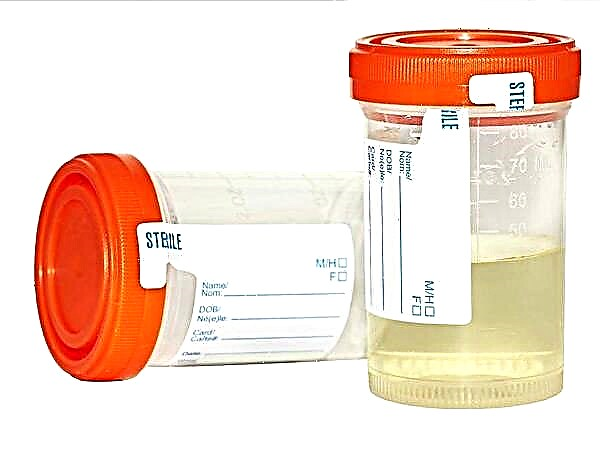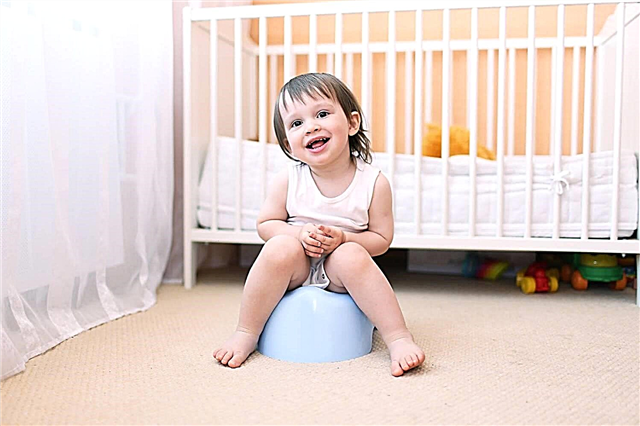
The shoulders give a person the opportunity to be free in their actions: to set in motion the arms, the upper part of the chest. It is not surprising that shoulder injuries and diseases can permanently disrupt the normal course of life for an adult or child. But pain and stiffness, limitation in movement are not always associated with a specific disease. And then they talk about psychosomatic pain. In this article we will consider psychosomatic diseases of the shoulder girdle.

General information
The shoulder is the movable segment of the arm that attaches the limb to the trunk through the complex shoulder joint. Speaking about the shoulder, the physician imagines not only the joint itself, but also two muscle groups - front and back, which provide the joint with mobility. Also in the shoulder there are many deep blood vessels and nerve endings, including the radial and median nerves.
The most common shoulder injuries. They can happen at any age. When injured, nerves, blood vessels, ligaments, and bone tissue are often damaged. Common diseases are neuralgia, arthritis and arthrosis, and shoulder joint instability.
Shoulder problems are manifested by pain, a crunch in the joint, limited movement (a person cannot raise an arm, bend it, grab and hold an object), pain can spread along the nerve to the neck, back, and hand.
They talk about psychosomatic shoulder pain when no apparent reasons for it are found: there was no trauma, there were no prerequisites for arthritis or arthrosis. It's just that at some point, pains appeared, which intensify or subside in a certain sequence, depending on the psychological state, the level of stress; under certain events and situations in which a person finds himself.

Psychosomatic causes
Psychosomatics studies the relationship between the mental state of a person and his behavior and diseases. It is believed that excessive and prolonged accumulation of negative emotions causes muscle tension at the physical level, including the small deep muscles. Blood circulation in the area of spasm is disturbed, pain syndrome develops with various accompanying symptoms. Psychosomatic medicine builds its conclusions on the observation of psychotherapists and psychoanalysts, who are looking for specific causes of diseases and making psychological portraits of patients with certain ailments.
From the point of view of psychosomatics, the shoulders symbolize the energy of action and creation. Remember the titans who hold the world on broad and strong shoulders, remember with what broad shoulders the worker and collective farmer were depicted on propaganda posters of the Soviet era. Broad, strong and healthy shoulders are a sign of a person's activity, his activity, his satisfaction from his own work.
The health of the shoulders is a vivid indicator of how much a person copes with the responsibilities assumed, whether he is satisfied with his work, whether he depends on the opinions of the people around him.
Also, the shoulders symbolize in psychosomatics the willingness to accept love - to be hugged. People who are afraid to accept feelings, hide from the world, avoid close trusting relationships, usually have skinny and weak shoulders.

Thus, a person who is satisfied with himself and his activities has free, healthy shoulders. The one who is forced to carry an unbearable burden, not wanting to get rid of it, the one who is forced to do not what he likes, not ready to accept love; those who consider themselves unworthy of something or someone, almost always have certain problems with the condition of the shoulder joints, muscles, nerves, blood vessels.
Psychotherapists drew attention to the fact that straightened free and healthy shoulders almost always distinguish people who do not have problems with the discrepancy between desires and capabilities. They have desires, know the ways and means of their realization; they manage to achieve what they want, and if not, they do not worry much, because they immediately find other desires and build new plans for their achievement.
People with shoulder problems, joint stiffness, impaired mobility, stooped shoulders, usually suffer from heavy weights. It seems that it can be easily seen on their shoulders: this is a huge load of guilt, disappointment, anger and resentment that a person experiences due to the fact that he has a discrepancy between the world of dreams and the possibility of fulfilling desires.

A pinch in the shoulders, tension, pain indicate that a person has forgotten about himself and his needs, he is dragging his load for the sake of society, relatives, relatives, colleagues, parents. He is so afraid not to cope with the assignment, he is so worried that he will be unloved if he cannot bring the matter to the end, that he is forced to shoulder more and more on his shoulders. When pain appears, it is a clear signal that the load has become too burdensome. If you do not reduce it, problems with the spine and thyroid gland will begin.
Violation of the functioning of the muscular frame of the shoulder girdle suggests that a person does not follow his own destiny - he is forced to do not what he wants, but what he needs. He is dissatisfied with his work, his studies, his hobbies imposed by his parents or friends. He scolds himself for this, and in front of himself feels ashamed. The shoulders are in tension, which sooner or later leads to muscle problems.
Observe colleagues and acquaintances - you can surely find a person among them with high shoulders and an almost motionless neck. It even turns its body slightly if you call it from the side. Such people are tormented by many questions that they themselves cannot find an answer to - first of all, they do not understand very well who they are and what they are doing here. Usually such people do not like their work, they go to it as if they were going to hard labor.

The left shoulder, from the point of view of psychosomatics, symbolizes the presence of problems in the personal sphere: a person does not like him, he does not live with those people with whom he would like to spend his life. The right shoulder is a symbol of society, peace, professional activity, work, self-expression in the profession.
Shoulders are injured as a warning. Trauma is a signal that a person urgently, urgently needs to reconsider his attitude to work, workload, and the responsibilities he has taken on. If you do not get rid of some of them right now, the devastating consequences may be more significant for the body.

Selected diseases
Poor posture associated with the existing scoliosis, accompanied by drooping of the shoulders, pushing them forward, indicates a discrepancy in self-esteem and the requirements of the world. A person feels that he cannot meet someone's expectations and requirements. Often this form of scoliosis or poor posture occurs in childhood, when a child is raised in an authoritarian, demanding way.
Arthritis with an inflammatory process in the shoulder joint indicates the presence of anger, which the person is trying to hide. Instead of directing him to what he does not want to do, he directs him to himself, because he does not have enough strength to give up coercion.
Osteoarthritis develops in those who habitually pull the strap responsibly both for themselves and for “that guy”. At the same time, he does not see any other meaning in his own existence - he is even comfortable doing all the housework all day long, looking after everyone, making everyone happy, helping someone.


Also, the shoulder joints begin to collapse in people who make too many promises (this is also a responsibility).
If the shoulder is broken, this is no longer even a signal (like a sprain or dislocation), but a systematic outcome of a long-term stressful situation. It is scary that those who have already despaired of fighting break their shoulders, who do not believe that they will be able to live freely.
Pain in the shoulders, any problems with them are a sign that a person needs to take time (not to do anything yet) and think well: what kind of creative impulses is he holding back? Maybe he needs to paint, but he has to work from morning till night at the factory? Especially this question should be asked to parents of children whose shoulders hurt: has the child been sent to the right school or section, are they not forced to do what he does not want?

Further, you need to learn every time before making a decision to honestly answer oneself to a simple question: "Do I need it?" If you personally do not need to, then you should not take on the case. Let those who need it do it.
For the psychosomatics of shoulder pain, see the next video.



